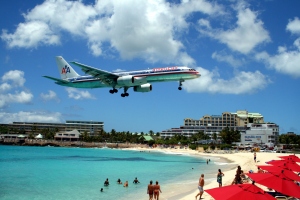Dr. Frederico Mainardi first heard about such a sudden attack from a patient, and together with seven other case reports devised “Headache Attributed to Airplane Travel” criteria in 2007. Shortly thereafter, he started receiving e-mails from people around the world who described very similar headaches.
Dr. Mainardi sent a questionnaire to these 69 contacts, and answers returned from 63 people revealed some common, peculiar characteristics:
- Strict unilaterality (occurs on only one side of the head).
- Quality of the pain.
- Severe intensity.
- Short duration of attack.
- Absence of companion symptoms (some headaches come with nausea, vomiting, sensitivity to light, etc).
- Appearance during landing phase (53 of the 63 reports)
The headaches are so bad that 44 people (69%) said their experience negatively influences their decisions to fly again, Dr. Mainardi said at a congress of the International Headache Society in Berlin.
Strangely, 46 people reported flying multiple times without incident before their in-flight attack.
The good news is acute pain medication such as sodium naproxen taken before (or during, if it’s a long flight) can prevent an attack in a patient with a history of this headache type, said Dr. Mainardi, a neurologist at the Headache Centre at the Giovanni e Paolo Hospital in Venice, Italy.
Importantly, only two people reported sinusitis at the time of their attack. MRI scans and sinus CT scans in a subset of patients ruled out any other physical explanations for the headaches, Dr. Mainardi said.
All patients denied drinking alcohol before their attack, and the duration of their flights was not a factor.
Dr. Mainardi proposes “Headache Attributed to Airplane Travel” be considered a new entity for the next edition of the International Classification of Headache Disorders or ICHD, the leading reference used by headache specialists worldwide.
Dr. Mainardi has collected 74 individual case reports so far.
–Damian McNamara (@MedReporter on twitter)


